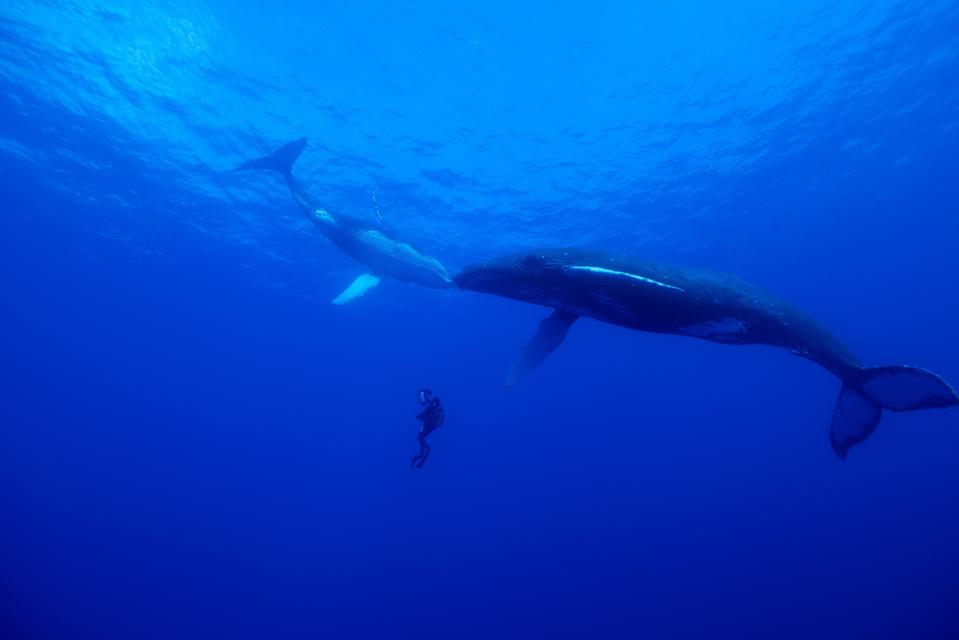I recently took a little detour into the natural world, exploring National Geographic’s new series “Incredible Animal Journeys.” More specifically, let’s dig into what it takes to capture nature and wildlife for a show like this. This awe-inspiring series offers a front-row seat to the extraordinary migrations of various animal species across our planet.
Let’s dive into what makes this series a must-watch for anyone fascinated by the wonders of nature. This series not only captures the essence of nature but also showcases the remarkable technological advancements in wildlife cinematography. It presents a spellbinding view of the diverse migratory patterns of animals, offering insights into their world.
Overview
“Incredible Animal Journeys” is a celebration of nature’s resilience and adaptability. It follows various species, including humpback whales, monarch butterflies, and barn swallows, as they navigate the challenges of migration.
Some creatures are born, live, and eventually die, all in the same rough geographic area. Others—like the animals featured in this series—navigate epic travels, in some cases across the globe. Narrated by Jeremy Renner, the series is an ode to the indomitable spirit of these creatures as they traverse from the Antarctic to the African savanna and from the Pacific Ocean to Alaska.
The Technology
The making of “Incredible Animal Journeys” is a technological marvel. Cinematographer Kim Jeffries highlighted the use of innovative technologies that have revolutionized wildlife filming in a recent interview. She described how a key tool in their arsenal is low-light technology, enabling the crew to capture footage in near-darkness, particularly in the humpback whale sequences shot at dusk or dawn.
Jeffires also explained that for underwater filming one of the most pivotal pieces of equipment is the rebreather. This advanced diving technology allows the crew to film underwater silently, without creating bubbles, thus minimizing disturbance to the marine life. The rebreather recaptures and recycles the diver’s exhaled breath, scrubbing out CO2 and replenishing oxygen, creating a silent, bubble-free environment crucial for capturing intimate wildlife moments like a baby whale sleeping under its mother.
She also described how the integration of ROVs (Remotely Operated Vehicles) and drones has been instrumental. These tools assist in gathering crucial data like size estimates and population densities of species like the baby humpback whale. The combination of ROVs and drones represents a significant leap in capturing wildlife behavior that was previously unrecordable, providing both visual and audio data invaluable for scientific research.
Insights From The Ocean Depths
I had an opportunity to chat with Jeffries about her experiences filming underwater for “Incredible Animal Journeys.” I noted that nature and wildlife shows, and many reality TV shows present things in a way that makes the audience feel like they are part of being in a particular place or seeing a particular thing for the first time—but when you stop and think about it, there is generally a cinematographer that has gone first or is also tagging along. It’s a requirement to capture the footage—yet it is accomplished in a way that generally feels both organic and invisible.
She spoke with awe about the time she spent with the humpback whales for this series. “It’s just you and this, this moment, and the animal permitting you to share this moment with it. And it kind of makes you realize how sentient these creatures are.”
Jeffries added, “It’s really like, permission from nature to allow you to be there. It’s really quite special. And, I can’t believe some of the things that we were allowed to film on this particular journey—completely unprecedented behavior that’s never been found before.”
We also talked about the innate sense these animals have—to be able to instinctively travel from one end of the planet to the other. The series dives into a lot of the science and theory behind that and whether the animals are somehow tuned to magnetic field of the planet or have an ability to track stars in the night sky. Regardless of how they do it, I questioned why it seems that humans lack these sorts of skills.
Jeffries pointed out, “We have, like gut instinct, right? And you know, when you’re walking alone, sometimes why does the hair stand up on your arms? It’s a throwback to possibly when we had to be aware of predators, right? For me, it’s like that in the field too. If I have a reaction or a gut instinct, I’ll pause and I’ll take a moment and look around and quite often my instincts are right. So I don’t think that it’s that we’re that far away from those instincts. It’s just that we’re surrounded by other things that keep us from needing to depend on them.”
Check Out ‘Incredible Animal Journeys’
“Incredible Animal Journeys” is a technologically advanced exploration of the natural world, revealing the intricate and emotional journeys of wildlife. This series stands as a testament to the power of technology in enhancing our understanding and appreciation of the natural world. Whether you’re a nature lover, tech enthusiast, or simply curious, this series is a window into the marvels of our planet’s wildlife and the innovative technologies that bring their stories to life.
The series premiered November 19, with new episodes airing each Sunday on Nat Geo. The entire series is also available to stream on Disney+ and Hulu.

